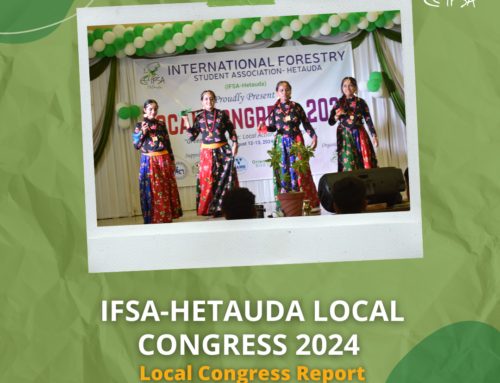Text by Ricardo Pelai
According to the World Database on Protected Areas (WDPA), there are 232,174 protected areas in the globe as of 2017, covering 14.8% of the Earth’s land surface. Protected areas are widely regarded as important for biodiversity and forest conservation worldwide, and have undergone a pronounced expansion over the last decades.
A plethora of numbers and ambitious targets is not only evident in international, national, and local strategic plans, but also abound in progress reports as highlighted achievements. The Convention on Biological Diversity (CBD), for example, has the goal of conserving 17% of terrestrial areas by 2020, and seems optimistic about meeting this goal globally. Countries worldwide have echoed these commitments. Canada, for example, committed to protect 17% of its terrestrial area by 2020, and prides itself on having 10.6% (1.05 million km2) of its vast land protected as of 2015. Similarly, the WDPA recently featured Brazil for consistently adding protected areas in 2016, and for protecting 28.94% of its territory. Brazil has also ambitiously committed to protect 30% of the Amazon by 2020. Indicators used to evaluate progress towards protected areas also illustrate this fixation on numbers. For example, UN Sustainable Development Goals indicators for nature protection are mostly quantitative and focus almost exclusively on the proportion of land covered by protected areas.
These numbers do not tell us much about how effective (if at all) protected areas are in achieving biodiversity conservation objectives. There is evidence that some protected areas are inadequate, and that some populations of threatened species inside protected areas are declining. Conservation International found that 37% of the species of concern that were assessed globally were either unrepresented or not present at all in any protected area larger than 1,000 hectares.
Numbers also struggle to reveal the diversity of protected areas, and do not say much about where protected areas are being created. Seven different protected area categories are recognized, ranging from strict nature reserves to areas where non-industrial use of natural resources is permitted. Much of the growth in the protected areas globally has been in the middle of the spectrum (i.e. national parks, national monuments, and species management areas). A study published in Nature found that the coverage of protected areas varies significantly between major terrestrial biomes and eco-regions, and that protected areas are not necessarily established in areas that are important for conserving species. Furthermore, most protected areas have been established in regions of high elevation, relatively low productivity and economic growth, and low population density. This is arguably because it is easier for governments to create protected areas in these regions, as there are fewer contested objectives, real or perceived.
An attachment to numbers may be politically convenient, as governments take comfort in setting minimum targets to maintain promises to their constituents. This attachment can also be justified by arguing that SMART (specific, measureable, ambitious, realistic, and time-bound) targets are in fact easier to meet. Nevertheless, the number and size of protected areas as well as the percentage of land they cover merely offer a unidimensional indicator of political commitment to biodiversity conservation at best, and a tokenistic response to global environmental crises at worst.
Perhaps a more relevant fixation on numbers should revolve around the amount of funding provided, which is pivotal for protected areas to be able to fulfill their potential. Worryingly, in spite of the international commitments towards increasing the size and effectiveness of protected areas, some governments have made disproportionate funding cuts towards these efforts.
I am confident that had it not been for the creation of protected areas in the last century, the global biological diversity crisis that we face today would be much more acute. However, it is crucial for governments to move beyond numbers when establishing protected areas, and pay more attention to realistic assessments of their effectiveness, diversity, and location.
About the author :


